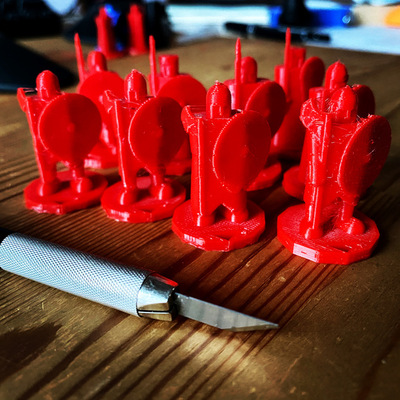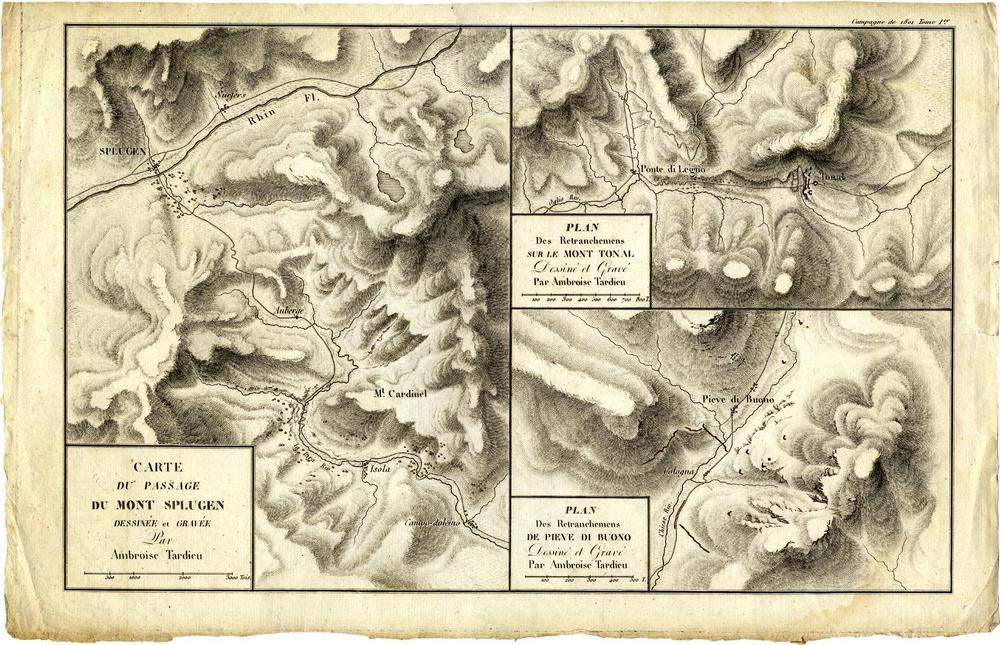
|
Mountain Pass |
| 2022-10-13 |
Mountain Pass

'There is a way that we may attempt,' said Gandalf. 'I thought from the beginning, when first I considered this journey, that we should try it. But it is not a pleasant way, and I have not spoken of it to the Company before. Aragorn was against it, until the pass over the moutains had at least been tried.'
I am a bit puzzled when I see hexcrawls swamped with mountain hexes and no road indicated. Mountains are obstacles and enterprising people are always searching ways to connect supply and demand. The beauty of alpine landscapes may be soothing, but roads and passes determine the role and importance of settlements. Shrewd domain holders turn mule tracks into roads accessible to carts, set up tolls and rest points, and patrol their segment of the way.
The map above comes from a 19 volumes set of historical essays on the campaigns of 1799 to 1814 by General Dumas written between 1817 and 1826. It is used in the description of the 1800 Splügen Pass winter crossing by General MacDonald with his reserve army (Dumas was his chief of staff it seems). Swiss Historical Dictionary article (FR/DE/IT).
These mountain passes are links between regions and are in concurrence with each other. Some of them are only available to men on foot and to mules, while others are crossable with carts. Some of them are not accessible during winter. One or both the "factions" sitting on each side of a pass may allow funds to enhance the crossing (road, facilities, security, ...).
In case of conflict, factions will despatch troops to occupy passes, few men can prevent whole armies from crossing. It is also interesting to remember that before tunnels and railroads, the successful crossing of a mountain range by an army was a logistical feat. If successful and speedy it could bring operational surprise.
Let's not look too much at the obstacles, let's look at what lays between them. It might be a soup of hexes, but nodes and edges will emerge. Many intriguing situations may be derived from them. Nodes vs nodes, edges vs edges.
